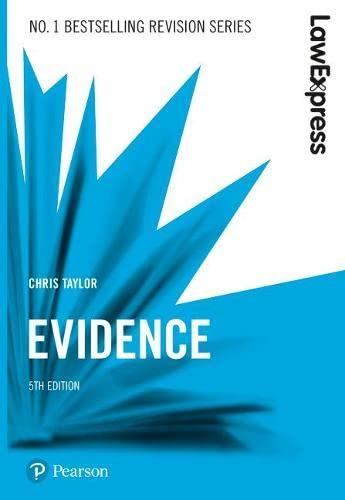Question
1. Compare and contrast life course and latent trait theories. What are the commonalities and differences between these two theoretical perspectives? 2.Discuss Agnew's general theory
1. Compare and contrast life course and latent trait theories. What are the commonalities and differences between these two theoretical perspectives?
2.Discuss Agnew's general theory of crime and delinquency, including how life domains impact criminality and crime.
3.What are the three pathways to crime identified by Loeber? Explain each of these pathways.
4.Discuss the factors that comprise problem behavior syndrome (PBS) and the association between PBS and crime.
5. Explain the difference between "adolescent-limited" and "life-course persistent" offenders. What are the differences between the offense patterns for two pathway groups?
6. What are "turning points in crime," and how do they contribute to the desistance of criminal behavior or aging-out?
7.Discuss latent trait theory. What are latent traits, and how do they result in criminal behavior?
8. According to Gottfredson and Hirschi's general theory of crime, explain how impulsivity, poor-self control, and crime are associated.
9.A number of criticisms of the general theory of crime remain unanswered. Identify and discuss the implications of these unanswered criticisms.
10.Discuss the policy-based initiatives that have been developed using the premises of developmental theory. What elements or aspects of development theory do these initiatives address?
Step by Step Solution
There are 3 Steps involved in it
Step: 1

Get Instant Access to Expert-Tailored Solutions
See step-by-step solutions with expert insights and AI powered tools for academic success
Step: 2

Step: 3

Ace Your Homework with AI
Get the answers you need in no time with our AI-driven, step-by-step assistance
Get Started


